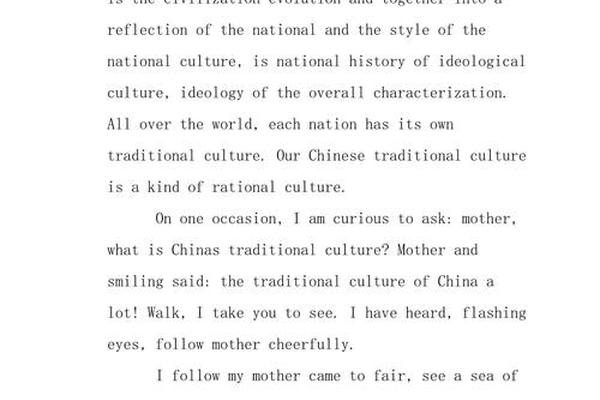Traditional Chinese Cultural Stories in English
Chinese culture is rich with timeless tales that reflect its values, philosophies, and historical ethos. Below are classic stories translated into English, along with cultural insights:
1. Stopping Halfway, Never Comes One’s Day
This Warring States Period story follows Leyangtsi, a scholar whose wife teaches him perseverance. When Leyangtsi abandons his studies to return home, his wife cuts her half-woven cloth, symbolizing that quitting midway renders efforts useless. The moral emphasizes dedication and resilience, often cited to inspire perseverance in challenges.
2. Ask a Fox for Its Skin
A young man named Lisheng tries to fulfill his wife’s demand for a fox-fur coat by negotiating directly with a fox. The clever fox escapes, illustrating the futility of forcing others to act against their will, even for trivial requests. This story highlights the importance of respecting autonomy.

3. Bian Heh’s Jade
Bian Heh, a loyal man in the Spring and Autumn Period, sacrifices his legs to prove the authenticity of a jade he discovered. Despite repeated rejections by emperors, his persistence finally convinces a ruler to recognize its true value. The tale underscores integrity and the enduring pursuit of truth, with “Bian’s Jade” becoming a metaphor for unrecognized talent.
4. The Herd Boy and the Weaving Maiden (牛郎织女)
A celestial love story where the Cowherd (Niulang) and the Weaver Girl (Zhinü) are separated by the Milky Way, allowed to meet only once a year on the Qixi Festival. This tale reflects themes of loyalty, sacrifice, and the origins of Chinese Valentine’s Day.
Key Themes in Chinese Cultural Stories
1. Moral Integrity: Stories often prioritize virtues like loyalty (e.g., Bian Heh), humility, and respect for elders.
2. Harmony with Nature: Many tales feature animals or natural elements, reflecting Taoist and Buddhist philosophies of balance.
3. Perseverance: Characters like Leyangtsi’s wife embody the Confucian ideal of relentless self-improvement.
4. Social Roles: Narratives frequently reinforce traditional roles, such as the wise wife guiding her husband or filial piety.

Recommended Resources for English Translations
1. Books:
2. Websites:
Cultural Context for English Presentations
When introducing Chinese stories in English:
By integrating these elements, you can create engaging, culturally nuanced presentations that resonate with global audiences. For further exploration, refer to the resources above or delve into classical texts like Journey to the West or Strange Tales from a Chinese Studio.


